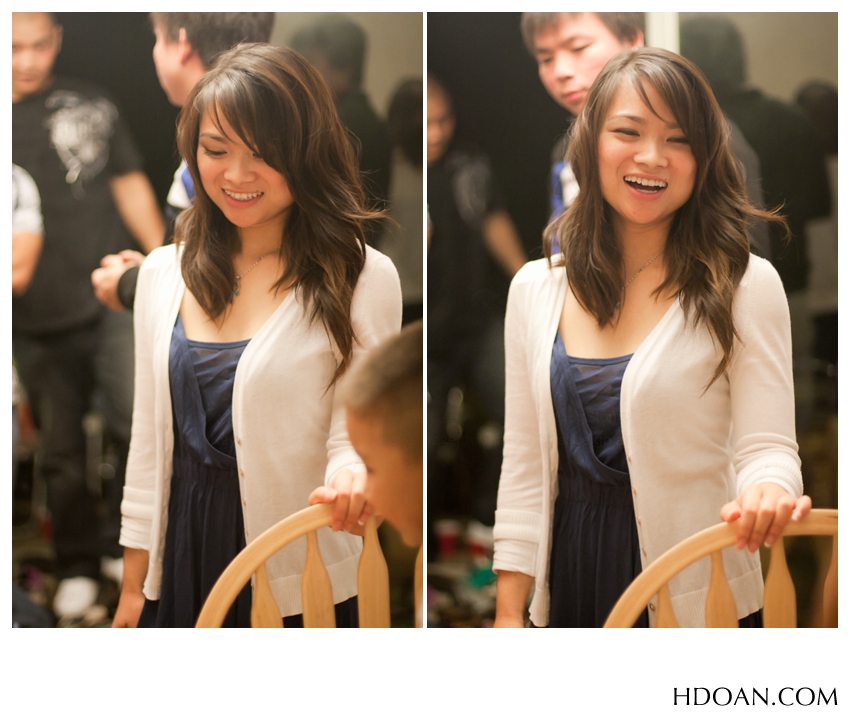We are human and we like fun... we love party... yes, so do I! If you are like me, you will love taking pictures of the fun time, yet priceless moments to share with friends and family. Here are some of my tips to make your awesome snapshots even better.
Blurry Photos: I'm sure this is the most common problems when taking photos at parties. It can be caused by slow shutter-speed of your camera or your shaky hands. Most point-and-shoot cameras (compact camera) are designed to automatically adjust the shutter-speed to compensate the available light. To get enough light, the camera will automatically slower the shutter-speed, which is often not fast enough to freeze the actions of moving objects. To prevent this, you should add more light to increase the shutter-speed by using flash or take pictures at a bright place. To prevent your hand from shaking, keep your arms and camera close to your body to increase the steadiness.
Red Eyes: You sure want people to look nice on your photos, and not want them to look like monster with scary red-eyes. To prevent this, just simply turn on the red-eyes reduction on your camera if it is available or avoid using flash.
Noisy Photos: A point-and-shoot camera has a very small lens and image censor compare to a DSLR camera. So, in order to get enough light to create a picture, the point-and-shoot camera must slower the shutter-speed and bump the ISO to very high. However, the small censor does not handle high ISO very well and creates a lot of digital noise, which makes your pictures look grainy and not as smooth as the ones taken with a DSLR camera. To prevent this, adjust your ISO to below 1000. If your picture is too dark with a low ISO, try to add some light to the scene. This will definitely help.
Add some creativeness: Last but not least, your pictures will be attractive to viewers if they can tell a story and convey atmosphere of the event. Viewers may not mind the blurriness and noise of a picture if its content is interesting enough to keep their eyes on. Viewers often want to know what the event was about, who were there, what people were doing at the event, what made the event interesting or different from others, etc...So, be a storyteller by showing a lot of details and emotions from the event... focus on the whole environment, people, actions, emotion, details, decorations, etc...look for different angles... take a lot of candid photos... link the shoots to each other to create a story line...











